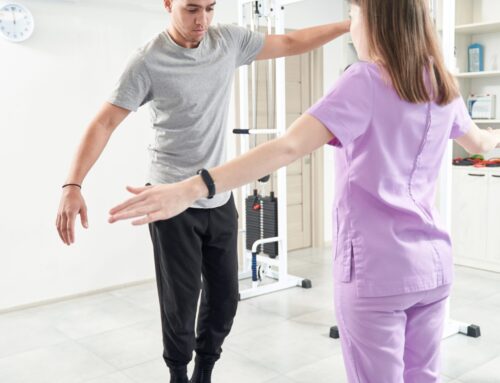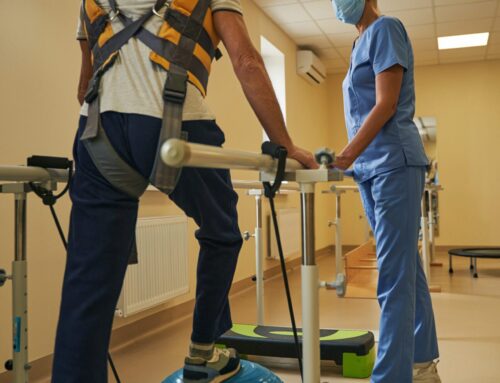Stroke is a leading cause of long-term disability worldwide. Stroke survivors often experience a range of physical, cognitive, and emotional impairments that affect their ability to perform everyday activities. Neurologic Physical Therapy can help stroke patients regain their strength, mobility, balance, coordination, and independence.
Here are some ways in which Neurologic Physical Therapy can help stroke patients:
- Enhance Motor Control: Stroke can cause weakness or paralysis on one side of the body, known as hemiplegia. Physical therapists use various techniques such as task-specific training, mirror therapy, and electrical stimulation to improve motor control and function of the affected limbs.
- Improve Balance and Coordination: Stroke survivors are at a higher risk of falls due to impaired balance and coordination. Physical therapists use exercises such as weight-shifting, gait training, and obstacle course training to improve balance and prevent falls.
- Facilitate Gait Training: Stroke patients may experience difficulty walking, such as foot drop, shuffling gait, or decreased stride length. Physical therapists use gait training exercises to improve walking ability and prevent secondary complications such as muscle atrophy and joint stiffness.
- Provide Sensory Stimulation: Stroke can affect sensation and perception of the affected limb, such as numbness, tingling, or loss of proprioception. Physical therapists use sensory stimulation techniques such as vibration, touch, and temperature to enhance sensory awareness and promote recovery.
- Promote Neuroplasticity: Neuroplasticity refers to the brain’s ability to adapt and reorganize after injury. Physical therapists use neuroplasticity-based interventions such as constraint-induced movement therapy, mental imagery, and virtual reality to promote brain reorganization and functional recovery.
In conclusion, Neurologic Physical Therapy is a valuable tool in stroke rehabilitation. By addressing the physical, cognitive, and emotional challenges of stroke survivors, physical therapists can help them regain their independence, improve their quality of life, and achieve their goals. If you or a loved one has experienced a stroke, consult with a physical therapist to develop a personalized rehabilitation plan.




